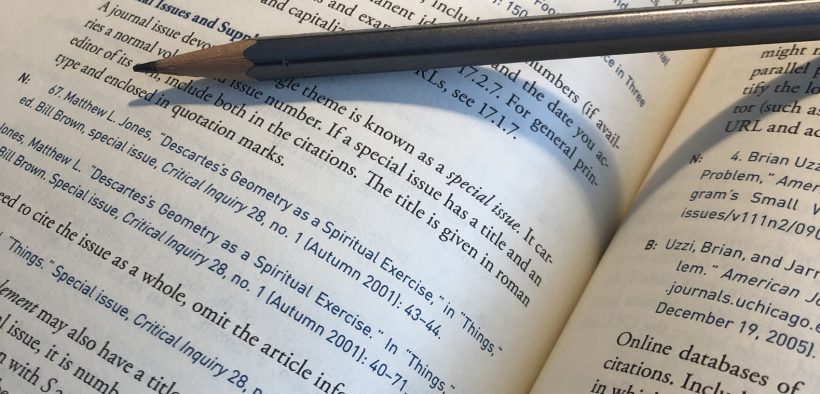One of the bedrock principles of academia is not taking credit for another’s work. The way that faculty enforce that directive is by requiring citations in student research.
But formal citations, whether in APA or another format, are used almost exclusively in academic publications. Nearly all other forms of communication use other methods to cite sources. For instance, if I want to credit the source of an idea in a lecture, I just say the originator’s name, as in “Albert Einstein said . . .” I don’t give a full citation midsentence.
Citations in a Digital World

Related Articles
I have two loves: teaching and learning. Although I love them for different reasons, I’ve been passionate about...
Active learning is a mostly meaningless educational buzzword. It’s a feel-good, intuitively popular term that indicates concern for...
Perhaps the earliest introduction a student has with a course is the syllabus as it’s generally the first...
Generative AI allows instructors to create interactive, self-directed review activities for their courses. The beauty of these activities...
I’ve often felt that a teacher’s life is suspended, Janus-like, between past experiences and future hopes; it’s only...
I teach first-year writing at a small liberal arts college, and on the first day of class, I...
Proponents of rubrics champion them as a means of ensuring consistency in grading, not only between students within...







